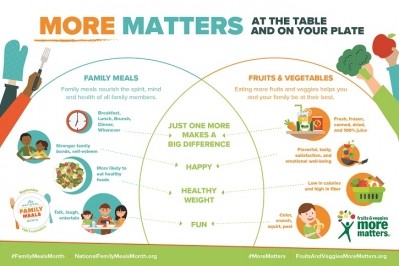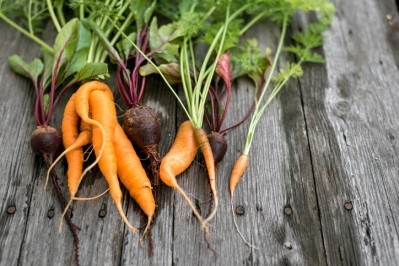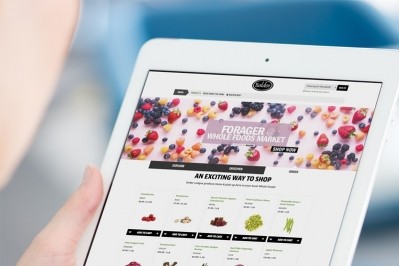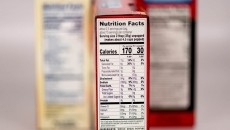An attractive produce section can give retailers a competitive edge, FMI study suggests
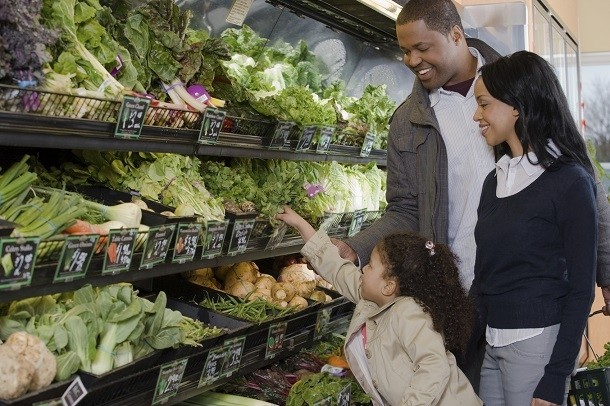
According to FMI’s Power of Produce 2017 report, released Aug. 1, rising sales of produce outpaced those of the overall store at 3.3% to bring in $63 billion in the 52-weeks ending March 19. In addition, volume grew 2.6% in the same period, signaling that the produce department is a strong catalyst for growth and increased trips, which often spill over into purchases from other segments of the store.
Much of this growth can be attributed to consumers’ increased desire for fresh, healthy products that also are convenient, such as value-added pre-chopped and seasoned products, according to FMI’s report.
“Value-added products and packaged salads saw robust growth and are ideally positioned for further growth through increasing household penetration and purchase frequency – provided shoppers can overcome the price differential and their perceived drawbacks, including short shelf life and questions about quality, freshness and safety,” it notes.
Consumer interest in organic and locally-grown produce also contribute to the boost in sales and volume, FMI reports.
It found organic makes up 8% of the total produce category, but is primed to go higher with continued double-digit growth in the research period. In particular, consumers want organic fruit – and expanding this offering can help drive up sales, FMI reports.
But as popular as organic is, locally-grown is a stronger selling feature, according to the report, which found in a head-to-head comparison consumers prefer local to organic.
“The popularity of locally-grown continues to soar, with 54% of shoppers hoping for an expanded local selection,” which they define as either within one-mile radius or within the state boarders, FMI notes.
Consumer demand for local and organic produce can be a mixed blessing for retailers. As the report shows, it is helping drive store visits and sales, but it also could cost traditional retailers business as more shoppers – and in particular millennials – turn to specialty organic stores and farmers’ markets to meet their needs.
The value in beauty
This signals the need for retailers to have a “fine-tune assortment by store,” and also supports investment in “merchandising excellence, including eye-catching displays,” according to the report, which notes that 58% of impulse produce purchases are the result of attention-grabbing displays.
“Consumers continue to look at ads and prices when deciding where they plan to shop, but ultimately, when they are in the store, the eyes decide,” Rick Stein, vice president for fresh foods at FMI, said in a statement.
He adds that the shopping experience also matters to the produce shopper, which is supported by the reports finding that 83% welcome advice on unfamiliar items and preparation techniques. Thus cooking demonstrations, sampling and providing recipes can also drive unplanned incremental purchases.
